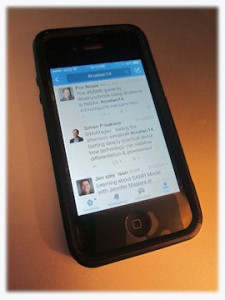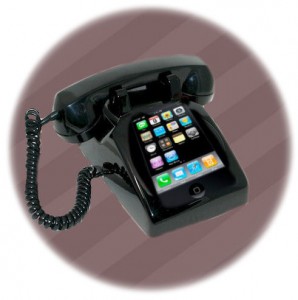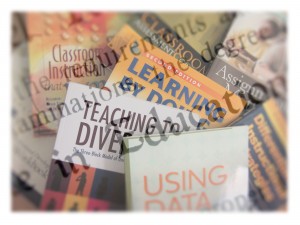 On any given day, both my physical and electronic inboxes contain notices about high profile speakers, regional workshops, webinars, seminars, and more – a plethora of chances to build on one’s professional skill set.
On any given day, both my physical and electronic inboxes contain notices about high profile speakers, regional workshops, webinars, seminars, and more – a plethora of chances to build on one’s professional skill set.
Targeted professional development results from thoughtful self analysis culmunating in a professional growth plan. Yet professional development activities also have the potential be an expensive waste of time. This is most likely to be the case where PD is reactive, pursued with little consideration for personal or organizational needs, and receives no follow up.
I write “The Principal in Practice” to share what experience has taught. The focus of this article is on how to target PD initiatives and virtually eliminate wasteful PD practices.
Personal vs System Based PD
There are essentially two types of PD – personal and system based. Personal PD is just that, and related to one’s personal growth plan. System based is linked to providing those engaged in a shared initiative to develop their skill set in a generally similar way.
Personal Professional Development:
At the start of each school year, I engage each individual teacher in a dialogue regarding their professional goals for the year. This is an opportunity to have a frank discussion about what they view as their most pressing needs. As principal, my role is to keep a number of influencing factors in the mix, including school goals, Division priorities, effective teaching practices, and above all, student learning.
I typically encourage teachers to formulate two or three goals related to some or all of the above and we invariably negotiate some mutually agreeable target areas.
Those professional goals become the filter through which all prospective PD activities must pass. When a teacher approaches me about attending a PD session, my first response is to initiate a discussion about how the activity relates to those goals. If there is a clear connection, my job is to find a way to support that activity. If there is not, then my job is to redirect the conversation toward the teacher’s professional growth plan and to determining the types of activities that will help him or her to achieve the objectives in that plan.
System Based Professional Development:
System based PD is typically put in place to support a school based or Division wide initiative. It is challenging to create these types of PD activities because the target population is often at different learning stages. Some may be well versed in the topic while others are only beginning their learning journey. Where that is the case, the wise PD planner will turn that into an advantage by exploiting the skills of those who have the background to support or mentor those who do not.
When PD fails
A critical first step in creating meaningful system wide PD activities is to conduct a needs analysis to target interventions. PD planners can err by targeting too low. When they fail to recognize that a particular skill set already exists, participants will be bored, and subsequently disengaged from the activity. Alternately, planners can target too high and by making assumptions about the audience’s knowledge base, they risk disengagement from participants who feel they are in over their heads.
Even a simple needs analysis can inform PD planners about their audience and enable them to create a valuable, meaningful experience.
Follow up
The phrase “drive-by PD” refers to those one-off activities that receive little or no follow up. While it may be tempting to become involved in a hot topic PD session, such events rarely provide much benefit in the long run. The concept that any professional development is good professional development is simply not valid. PD is expensive in terms of both time and money, and there is no excuse for wasting either.
How do you know PD is impacting student learning?
PD activities must ultimately lead to one important thing – an improvement in student learning. A good PD plan will articulate some means of determining that relationship. What that looks like is dependent upon the situation and it does not have to be particularly complex. The key elements to include are:
- Determining the need
- Formulating the PD plan
- Carrying out the plan
- Evaluating the impact of the plan
Stay the Course
It may be tempting to veer off course now and then, but following a well thought out plan will provide the greatest impact in the long run. Our time and resources must never be wasted as we provide leadership and foster professional growth in those around us.
 Over the course of a day one deals with so many people and encounters so many stories. Each one those stories, and the resulting behaviours, elicits in us an internal response. It may provoke anger, compassion, anxiety, sympathy, and a host of emotions. What we feel is beyond our control, but it is our ability to look beyond the behaviours and deep into those stories that is the sign of a warm hearted leader.
Over the course of a day one deals with so many people and encounters so many stories. Each one those stories, and the resulting behaviours, elicits in us an internal response. It may provoke anger, compassion, anxiety, sympathy, and a host of emotions. What we feel is beyond our control, but it is our ability to look beyond the behaviours and deep into those stories that is the sign of a warm hearted leader.









